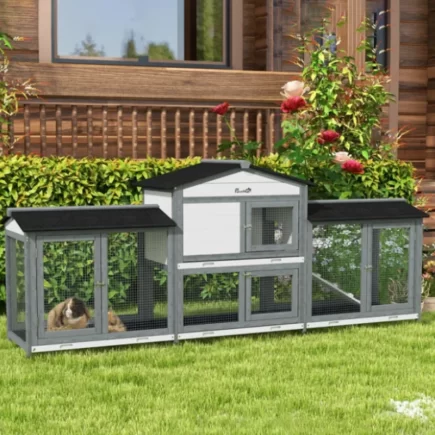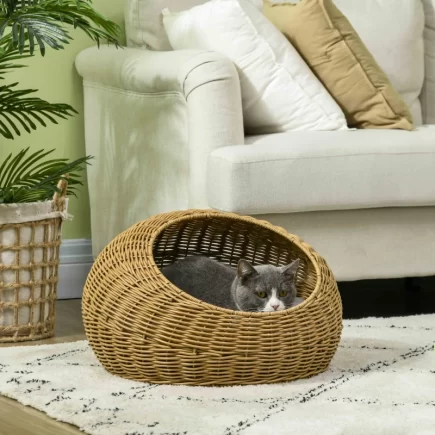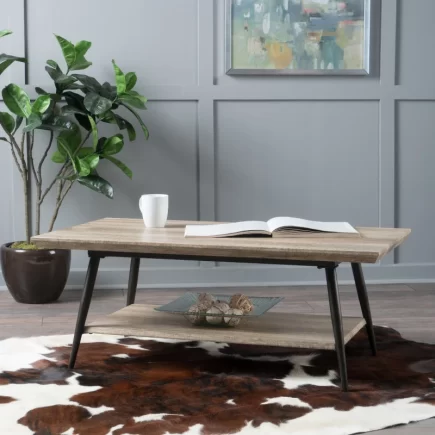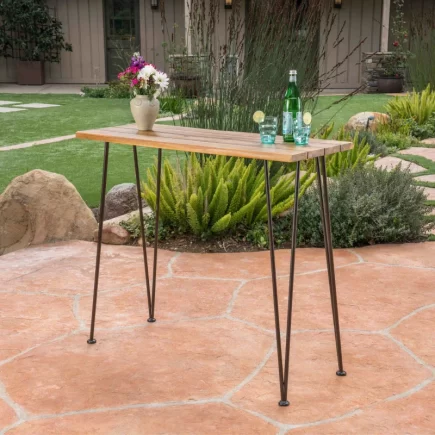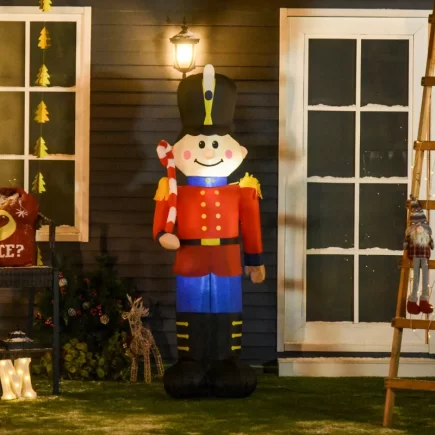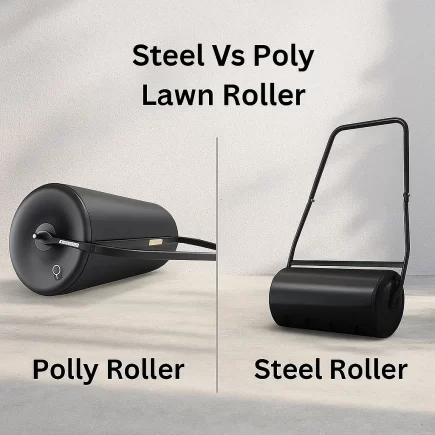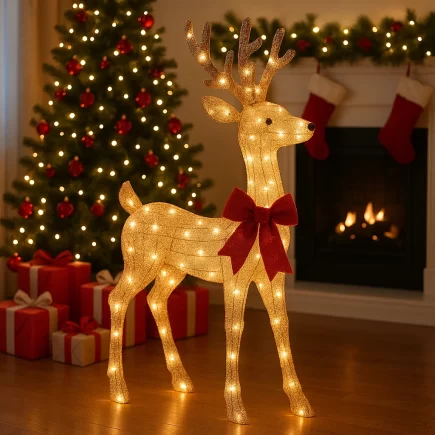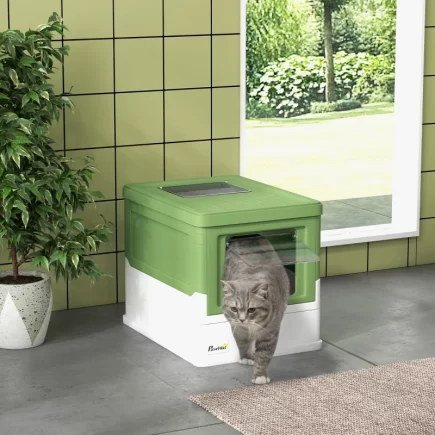Keeping a rabbit hutch clean is essential for responsible rabbit care. Rabbits are naturally tidy, but they spend long hours in their enclosure, where waste, hay, and moisture can build up quickly. A dirty hutch not only creates unpleasant odours but also increases the risk of respiratory issues, infections, sore hocks, and stress.

A structured cleaning routine keeps the space fresh, dry, and healthy, and this guide walks you through a complete top-to-bottom cleaning process in one continuous session, just as experienced rabbit owners do.
Step 1: Gather All Your Supplies Before You Begin
A smooth cleaning routine begins with preparation. Nothing slows down the process like having to stop halfway to search for a scrub brush or trash bag. Before you even open the hutch door, take a moment to gather everything you need.

Essential Tools & Supplies
- Disposable or reusable gloves – Protects your hands from bacteria and unpleasant odors.
- Trash bags or compost bags – For collecting old bedding, hay, and waste.
- Scrub brush – Useful for pans, corners, and stubborn stains.
- Soft cloths or microfiber towels – Best for wiping down wire grids and wooden surfaces.
- Warm water – Helps soften stuck residue and makes cleaning easier.
- Vinegar solution – Excellent for tackling urine stains without harsh chemicals.
- Pet-safe disinfectant – Ensures thorough sanitization after washing.
- Paper towels – Quick absorption for spills and wet spots.
- Fresh bedding – Hay, shavings, paper bedding, or whatever substrate your rabbit uses.
Optional Extras
- Small broom and dustpan
- Bottle brush for cleaning water bottles
- Mild dish soap (if needed for bowls)
- Deodorizing powder safe for small animals
- A mat or towel to place clean items on
Having all of this organized in one place, ideally in a dedicated pet-cleaning bin, speeds up the entire routine and helps you follow every step without interruption.
Step 2: Move Your Rabbit Safely Out of the Hutch

Before you start cleaning, your rabbit needs a safe temporary place to stay. Cleaning around a rabbit can be stressful for them, and cleaning chemicals, even mild ones, should never be used near an animal. Carefully pick up your rabbit by supporting both the front and hindquarters. Move slowly and gently to avoid surprising them.
Place the rabbit in one of the following:
- A secure indoor playpen
- A secondary exercise enclosure
- A rabbit-proofed bathroom
- A travel carrier
Make sure the temporary area has:
- Good ventilation
- No dangerous chewing hazards
- A soft mat or towel for grip
- A small pile of hay to keep them calm
You want your rabbit to feel safe and undisturbed while you work. Once they’re settled, you can begin the actual hutch-cleaning process.
Step 3: Empty the Hutch Completely
- Remove all accessories like food bowl, water bottle, litter box, mats, hay rack, hideouts, and toys.
- Place everything in a separate pile for cleaning later.
- Scoop out all old bedding, including hay, paper bedding, straw, shavings, and pee pads.
- Note any consistently damp spots for deeper cleaning.
Step 5: Scrape Off Any Stuck or Dried Waste

Rabbits often leave patches of dried droppings or urine spots that require more than just wiping.
Gently scrape off:
- Hardened droppings
- Dried corners of waste
- Hay that got stuck to the floor
- Urine residue buildup
If the waste is extremely dried on, spray a small amount of warm water and let it sit for a minute to soften the material before scraping.
Step 4: Clean the Hutch Interior

With the base removed and drying, shift your focus to the inside of the hutch structure. The walls, wire panels, and doors often collect dust, fur, dried hay, and the occasional stray droppings.
Cleaning Wire Panels
Spray the wire grids lightly with a vinegar solution or mild pet-safe cleaner. Let it sit for a short moment, then wipe with a soft cloth.
Make sure you clean:
- Vertical bars
- Horizontal bars
- Wire corners
- Hinges and latches
Wire tends to trap small bits of hay, so check each section carefully.
Cleaning Wooden Surfaces

If your hutch has wooden parts:
- Avoid soaking the wood with too much water.
- Use a slightly damp cloth to remove grime.
- Follow with a dry cloth to prevent moisture buildup.
Wood can trap moisture, so it’s important to keep it dry and ventilated.
Cleaning Plastic or Acrylic Panels
These areas are easy to wipe down:
- Use warm water and a cloth
- Avoid abrasive scrubbers to prevent scratches
- Rinse lightly if needed
This step ensures the inside of the hutch is clean, odor-free, and ready for the rabbit once everything dries.
Step 5: Clean All Accessories Thoroughly
Every item you removed earlier should be washed separately. Returning dirty accessories defeats the purpose of a deep-clean, so make sure everything is handled properly.
Food Bowl
- Wash with warm water
- Scrub away stuck food
- Rinse until no soap or vinegar remains
- Dry completely before adding fresh food
Water Bottle
This is one item rabbit owners often overlook, but bacteria can grow quickly inside water bottles.
Do the following:
- Empty the old water
- Rinse the bottle
- Use a bottle brush to scrub the inside
- Pay attention to the drinking nozzle, clean thoroughly
- Rinse again with warm water
If the bottle feels slimy, that’s biofilm, extra scrubbing is needed.
Litter Box
- Dump all waste
- Spray with vinegar or warm water
- Scrub with a brush
- Rinse thoroughly
- Dry before refilling
Toys, Hideouts, and Mats
Depending on the material:
- Plastic toys: wash like bowls
- Wooden toys: wipe, don’t soak
- Fabric mats: wash by hand and air-dry
Anything that can’t be cleaned properly (chewed, frayed, moldy) should be replaced.
Step 6: Let Everything Air-Dry Completely
Drying is a crucial step and often the one people rush through. Dampness inside a hutch is one of the fastest ways to create mold, ammonia smells, and bacteria growth.
Lay everything out on a clean, flat surface:
- Mats
- Bowls
- Hideouts
- Cage panels
- Litter box
Allow them to dry naturally. Use a towel to speed up drying on items like bowls or bottles, but avoid putting anything back into the hutch until it is 100% dry.
Step 7: Apply Pet-Safe Disinfectant (If Needed)

When everything is dry, it’s time to sanitize. This is the step that ensures long-term hygiene and prevents bacteria from returning quickly.
Spray a light coat of pet-safe disinfectant on:
- Wire panels
- Walls
- Ramps
- Corners
- Under the roof (if accessible)
Do not oversaturate, just a thin, even mist. Let it sit for the amount of time recommended on the product label. This allows the disinfectant to fully neutralize germs and bacteria. If you prefer natural cleaning, vinegar works well for regular sanitation, though disinfectant offers extra protection during a deep clean.
Step 8: Add Fresh Bedding and Set Up the Hutch Comfortably

Now it’s time to bring the hutch back to life with clean, fresh bedding. This is your rabbit’s main comfort layer. Spread the bedding evenly across the whole hutch:
- Add a soft, fluffy layer where your rabbit sleeps
- Create a slightly deeper layer in spots where they dig
- Fill the litter box with clean absorbent litter
- Add a handful of fresh hay to encourage natural burrowing and nesting.
Check that the bedding:
- Is it dry?
- Has no dusty portions
- Feels soft under your fingers
- Doesn’t block ventilation
Good bedding keeps moisture away, controls odor, and helps your rabbit feel relaxed.
Step 9: Return Your Rabbit to a Fresh, Clean Home
Once the hutch is clean and freshly bedded, gently place your rabbit back inside. Gently place them inside and let them explore. Most rabbits get excited after a deep clean, they often zoom, dig, rearrange bedding, or check every corner as if it’s brand new.
Watch for a few things after placing them back:
- Body language (should appear relaxed or curious)
- Normal breathing (no heavy sniffing from leftover fumes)
- Paw dryness (indicating the hutch is fully dry)
Your rabbit should settle in comfortably very quickly. Keeping your Rabbit Hutch clean isn’t just about appearances, it’s key to their health, comfort, and happiness. A thorough routine like this prevents odor, illness, and stress, while making the space feel fresh and safe. With regular upkeep, cleaning becomes quicker and easier. Your rabbit will thrive in a space that’s dry, tidy, and thoughtfully cared for.
FAQs
1. How often should I deep-clean my rabbit’s hutch?
A full deep clean is recommended once a week, but spot-cleaning (removing soiled bedding, wiping down messes) should be done daily to prevent odor and buildup.
2. My rabbit’s hutch still smells after cleaning, what am I missing?
Lingering smells often come from wet bedding, urine buildup in corners, or unwashed accessories like water bottles and litter boxes. Make sure everything is fully dry before reassembling, and use vinegar or a pet-safe disinfectant on hidden areas like tray edges and under ramps.
3. What’s the safest cleaner to use in a rabbit hutch?
A 50/50 vinegar and warm water solution is gentle, effective, and rabbit-safe. For extra sanitation during deep cleans, use a pet-safe disinfectant, but always rinse and let surfaces dry completely before letting your rabbit back in.
4. How do I stop bedding from sticking to the tray?
Line the tray with a thin layer of newspaper or puppy pad, then add bedding. This creates a barrier and makes cleanup easier. Also, remove debris daily so moisture doesn’t have time to cake materials onto the tray.


